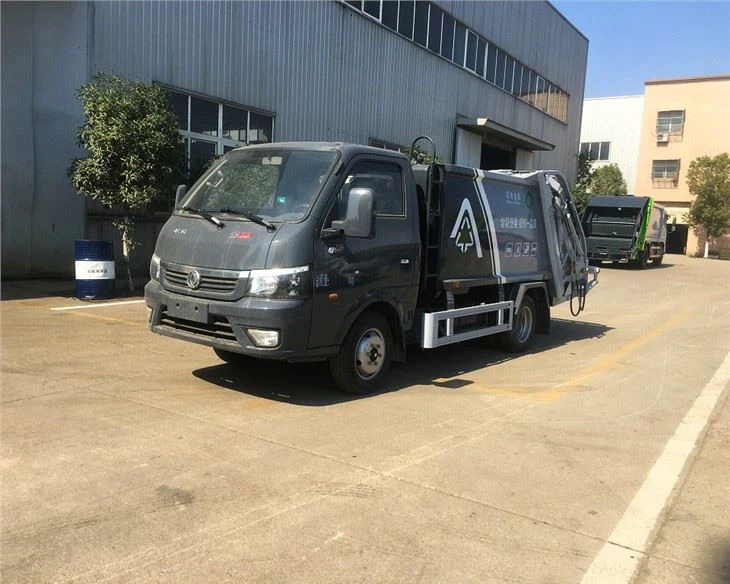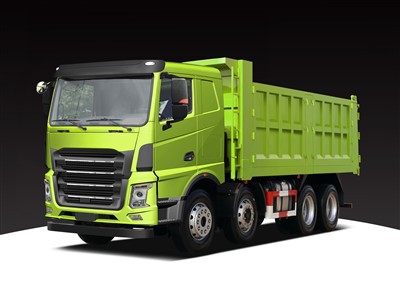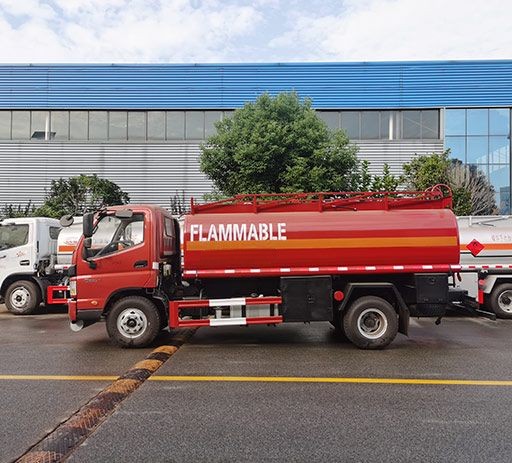Understanding Small Fire Trucks: Features, Benefits, and Practical Applications

Introduction
Small fire trucks play a crucial role in modern firefighting and emergency response scenarios. Unlike traditional large fire engines, these compact units are designed for agility, ease of maneuverability, and efficiency in tight spaces. They are often used in urban settings, rural areas, and specialized applications where access might be limited. This article will explore the various aspects of small fire trucks, including their design, capabilities, advantages, and practical uses, in addition to answering common questions about this vital emergency service vehicle.
What is a Small Fire Truck?
Small fire trucks, also known as mini fire trucks, are lightweight vehicles designed for firefighting and emergency medical services in situations where larger fire engines may not be able to operate efficiently. These vehicles vary in size and are often equipped with essential firefighting equipment, including water tanks, pumps, hoses, and other tools. Their compact nature allows them to access narrow streets, rural areas, and other challenging environments.
Features of Small Fire Trucks
1. Compact Design
The primary feature of small fire trucks is their compact and lightweight design. They are generally built on a pickup truck or van chassis, which makes them more maneuverable than larger fire engines. This design allows firefighters to reach hard-to-access areas quickly.
2. Water Capacity and Pumping Capability
Although smaller than traditional engines, small fire trucks still hold a significant amount of water, often ranging from 150 to 500 gallons. They come equipped with powerful pumps designed to deliver high pressure, ensuring effective firefighting.
3. Versatile Equipment
These trucks are outfitted with various equipment, including:
- Hoses and nozzles
- Water tanks
- Fire extinguishers
- Medical gear for emergency rescue
- Light towers for nighttime operations
4. Cost-Effectiveness
Small fire trucks tend to be more affordable than larger fire engines, both in initial purchase price and ongoing maintenance. This affordability makes them an attractive option for smaller fire departments or those with limited budgets.
5. Customization Options
Many manufacturers offer customizable small fire trucks, allowing departments to tailor their equipment and storage configurations to suit specific operational needs.
Benefits of Small Fire Trucks
1. Accessibility
The compact size allows for easier navigation through congested urban areas, narrow streets, and rugged terrain. This capability ensures that firefighters can respond rapidly to emergencies even in locations where larger vehicles would struggle.
2. Increased Response Times
Because they can get into tighter areas, small fire trucks often lead to faster response times in critical situations. Quicker access can make a dramatic difference in emergency circumstances, particularly in fires or medical emergencies.
3. Improved Versatility
Small fire trucks can serve in various roles beyond firefighting, including medical response and wildland firefighting. Their multi-functional capabilities make them a valuable tool in any emergency response fleet.
4. Lower Training Requirements
The easiness of driving a small fire truck often means that more personnel can be trained to operate them, ensuring a larger pool of available responders during emergencies.
Common Applications of Small Fire Trucks
1. Urban Firefighting
In urban settings, small fire trucks are often deployed in areas with high building density, where access is limited. They can navigate narrow alleyways and are less likely to cause blockages than larger vehicles.
2. Wildland Firefighting
These trucks can be used in rural areas to combat wildfires. Their ability to transport water and maneuver through difficult terrain makes them effective for frontline firefighting where large engines may not reach.
3. Medical Emergency Response
Many small fire trucks can also be outfitted as ambulances or medical response units, carrying essential equipment to provide immediate care on the scene of an emergency.
4. Special Events
During events like festivals or concerts, small fire trucks can be stationed nearby for rapid response. Their mobility allows them to move between areas and ensure safety throughout the venue.
5. Specialized Operations
Small fire trucks can be specialized for unique environments, such as aircraft rescue and firefighting on an airfield, or they can be adapted for hazardous materials responses.
Factors to Consider When Choosing a Small Fire Truck
1. Purpose and Role
When selecting a small fire truck, consider its primary function. Will it be used mainly for firefighting, medical emergencies, or special operations? This will influence the equipment needed on board.
2. Size and Maneuverability

The compactness and turning radius can greatly affect operational capabilities. Make sure it fits within the physical constraints of the intended operational areas.
3. Equipment Needs
Evaluate the types of equipment required for your operations. This includes water pumps, medical supplies, tools, and storage solutions.
4. Budget

Evaluate your budget, both for the initial purchase and ongoing maintenance costs. Small fire trucks are more cost-effective than purchasing larger vehicles.
Table: Cost Comparison of Fire Truck Types
| Type of Fire Truck | Average Cost ($) | Maintenance Cost ($/year) | Water Capacity (Gallon) |
|---|---|---|---|
| Small Fire Truck | 50,000 – 150,000 | 5,000 – 10,000 | 150 – 500 |
| Standard Fire Engine | 250,000 – 600,000 | 15,000 – 30,000 | 500 – 1,500 |
| Aerial Truck | 750,000 – 1,500,000 | 20,000 – 40,000 | 300 – 600 |
Maintenance and Care for Small Fire Trucks
1. Regular Inspections
Conducting routine inspections of the fire truck is essential to ensure operational readiness. Check the water system, pumps, and any onboard equipment for functionality.
2. Engine Maintenance
The engine of the small fire truck should be serviced regularly, similar to regular vehicles. Change the oil, check filters, and ensure that all fluids are at appropriate levels.
3. Equipment Checks
Every piece of equipment needs to be inspected frequently for wear and functionality. Replace or repair anything that is not operating correctly.

4. Cleaning and Sanitization
After every use, make sure to clean the vehicle and sanitize medical equipment to maintain hygiene standards, especially in cases of medical emergencies.
FAQs About Small Fire Trucks
1. What distinguishes a small fire truck from a traditional fire engine?
A small fire truck is designed for agility and to access tight spaces with lower water capacity than a traditional fire engine, which is larger and can carry more equipment and personnel.
2. Can small fire trucks be used for medical emergencies?
Yes, many small fire trucks can be outfitted with medical equipment and used as rapid response units in medical emergencies.
3. What is the typical water capacity of a small fire truck?
Small fire trucks generally have water capacities ranging from 150 to 500 gallons, which is sufficient for many firefighting operations.
4. How much do small fire trucks cost?
The cost of a small fire truck can range from $50,000 to $150,000, depending on its specifications and customizations.
5. Are small fire trucks suitable for wildland firefighting?
Yes, their lightweight and maneuverability make small fire trucks ideal for wildland firefighting, especially in rugged terrains where larger trucks cannot operate.
6. How often should small fire trucks be serviced?
Small fire trucks should be serviced regularly—ideally every 3-6 months—depending on their usage, to ensure all components are functioning correctly.
